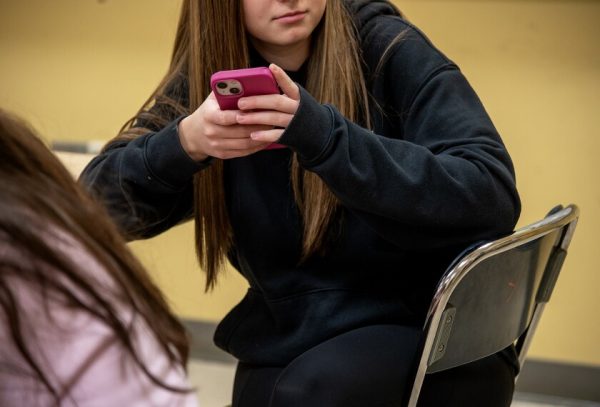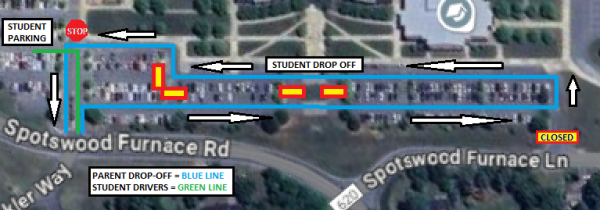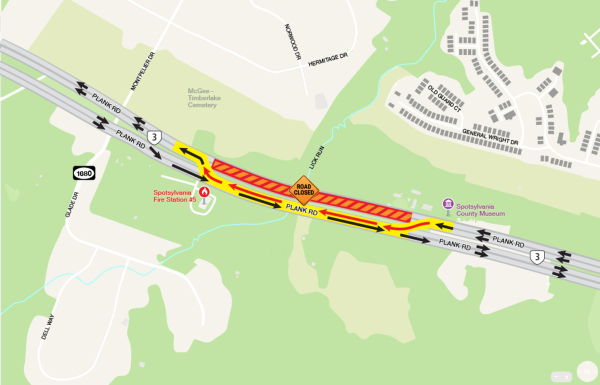Pulse Point
By the end of this sentence, there have been a thousand deaths from sudden cardiac arrest (SCA). SCA takes one life every two minutes, making it the leading cause of death each year. This is more than breast cancer, lung cancer, and AIDs. Sudden cardiac arrest deaths estimate anywhere between 300,000 to 325,000 annually in the U.S. Unfortunately, that number is not going down. According to a report from the American Heart Association’s newly released “Heart Disease and Stroke Statistics – 2015 Update”, there are more than 356,000 out-of-hospital cardiac arrests annually in the U.S. Nearly 90% of them are fatal. The most recent survival rate statistic after cardiac arrest is 6% when it occurs outside of the hospital and only 24% when inside the hospital. Yet, data recorded from 2016 revealed that the survival rate of people who went into cardiac arrest and immediately received CPR from a bystander is 46.1%. Sadly, in 51% of SCA cases there is no witness since it usually occurs in the home.
Pulse Point is an app that sends alerts to people who are within a quarter mile from sudden cardiac arrest victims, but no matter where you are in the country, you can still receive alerts when the location notification is turned on. The app is notified when a 911 call is made that a person has gone into cardiac arrest. The main goal is to make the process of saving people’s lives much more attainable.
The app is part of a non-profit foundation that originated in the Francisco Bay Area. The development began in 2009 as a partnership between the San Ramon Valley Fire Protection District and the College of Informatics at Northern Kentucky University. The app is located in various places across the U.S. In Virginia, AEDs can be found in Stafford, Richmond, Norfolk, Newport News, and the Chesapeake Bay. Spotsylvania County currently does not have the app implemented, however, Stafford Fire and Rescue is working with the Spotsylvania Fire Department to get it up and running. The alert system for Spotsylvania should be on its way soon. The process to fully implement the app takes time in order to make sure the app works properly. Aside from alerting people of a cardiac arrests, the app also indicates where the nearest AED is. An AED stands for automated external defibrillator which is a portable device that checks heart rhythm and can send an electric shock to the heart in order to restore a normal rhythm.
CPR and AED training is common for students, teachers, and even the ordinary bystander, but not until recently. On July 1, 2013, Virginia governor, Bob McDonnell, signed a bill called Gwyneth’s Law which requires teachers to teach CPR in schools. The bill stated, “The Board of Education shall include in the Standards of Learning for health instruction in emergency first aid, cardiopulmonary resuscitation, and the use of an automated external defibrillator [AED], including hands-on practice of the skills necessary to perform CPR.” For ninth grade students at the beginning of the 2014-2015 school year, requirements for standard and advanced diplomas included being trained in emergency first aid, CPR, and the use of AED. Hands-on practice of the skills necessary to perform CPR was taught to these students in the classroom. Gov, McDonnell signed the bill after the death of 12-year old Gwyneth Griffin who went into cardiac arrest at A.G. Wright Middle School in Stafford in 2012. She was born with a heart defect and subsequently went into cardiac arrest at her school. She neither received CPR nor first aid until paramedics arrived nearly 10 minutes after her cardiac arrest. The consequence of her death was not from the cardiac arrest, but was from the lack of oxygen to her brain while she waited for help. Gwyneth’s Law was pushed by Gwyneth’s parents, Jennifer and Joel Griffin, who work to increase the importance of CPR training in schools so no other person has to wait to receive help.





